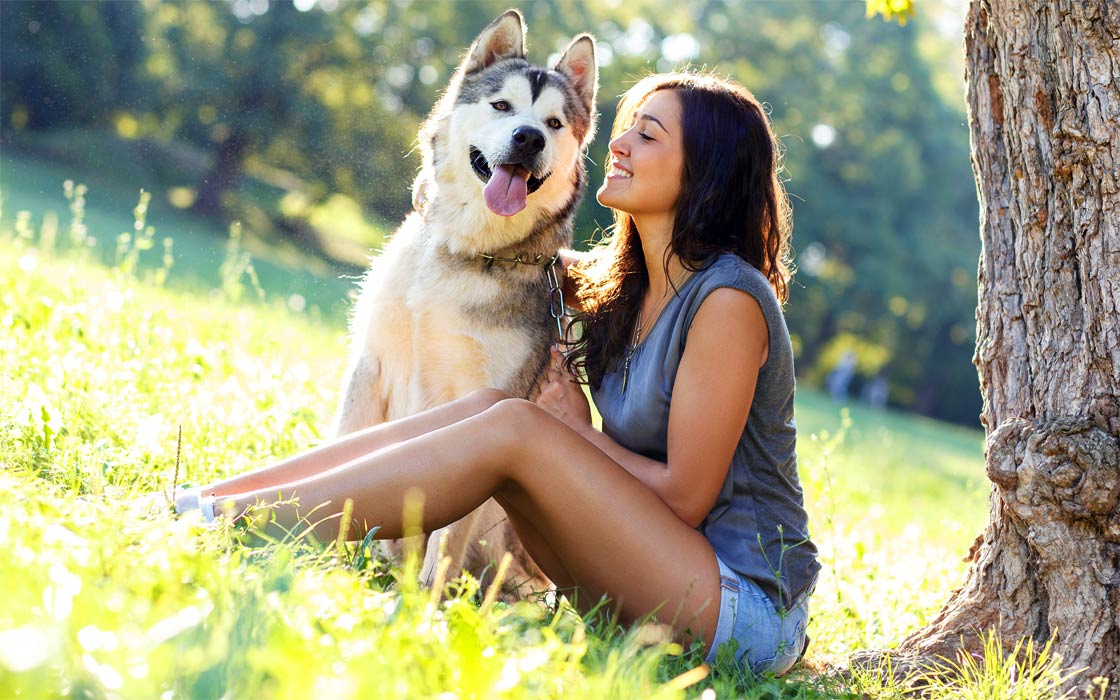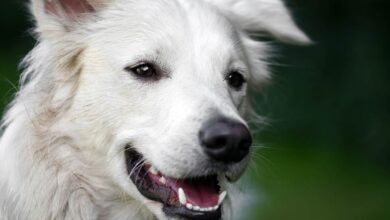Responsible Dog Owner
Dogs transform homes with their playful antics and unmatched loyalty. Every bark, nuzzle, and tail wagging symbolizes their inner energy and how great companions they can be. However, for the furry friend to feel at home and happy, you need to be responsible as an owner. From grooming and socialization to understanding their body language, there is a need for great care. Here are five tips to be a responsible dog owner.
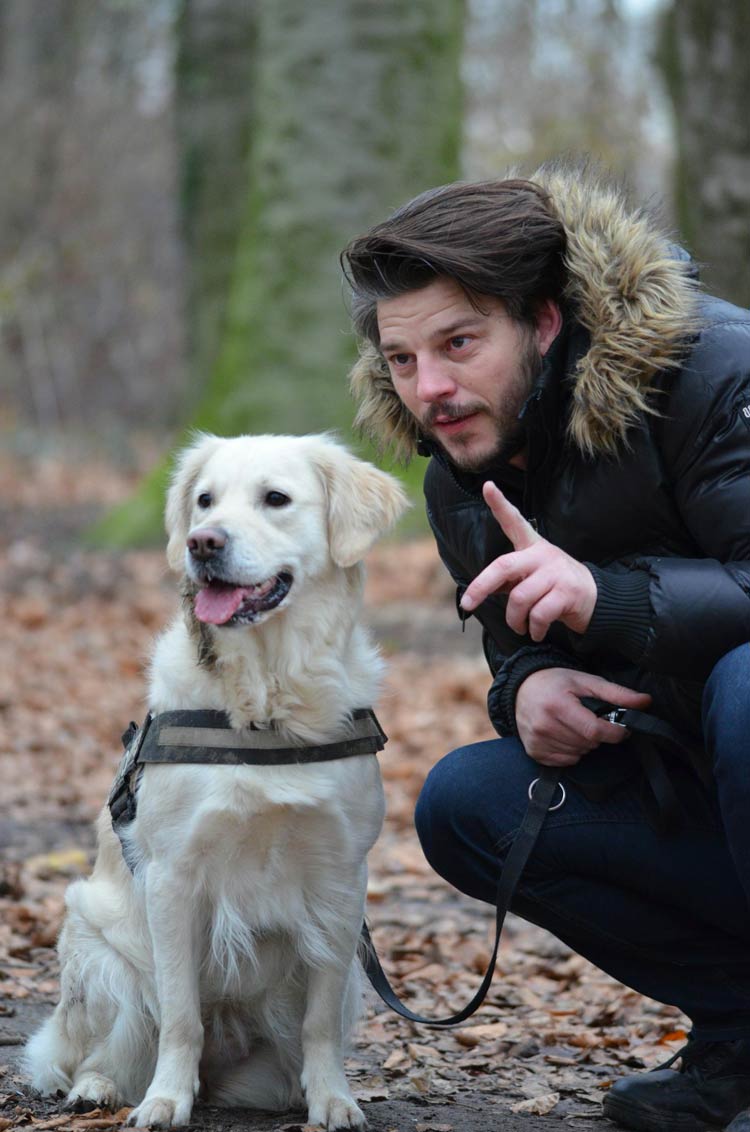
1. Keep Your Grooming and Hygiene Schedule Regular
Brushing off loose hair and preventing matting from developing during bath time at the correct intervals removes odor and maintains coat and skin well. Clipping nails and inspecting ears enables you to forestall tender growth and infection, and dental attention prevents plaque development and gum infection.
Gradually introducing grooming tools and techniques, with calming applause and rewards, will make your pet see grooming as a positive thing. The grooming also gives you an easy time in detecting skin infections and parasites early.
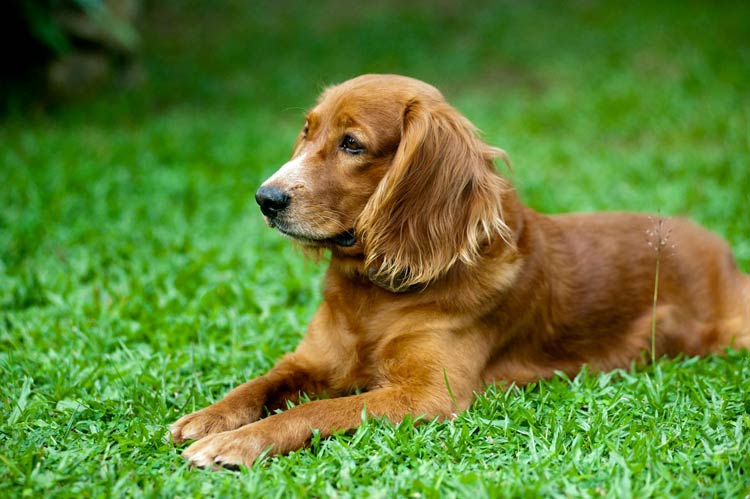
2. Train Your Dog Positively and Consistently
Begin by teaching the dog to be calm around people and other pets. You could start by going to local parks to experience more interaction. When training, foster the sessions with immersive accessories, and designate a specific point in your house or compound. Progressively evaluate their progress and reward them through positive reinforcement methods such as buying them toys.
To be more efficient in introducing good habits, work closely with professionals. Reputable dog training experts will inject more skills while correcting behavioral problems. They will do it calmly, so your dog won’t be nervous. Taking time and effort to get a pet into the proper training strengthens your relationships with your pet.
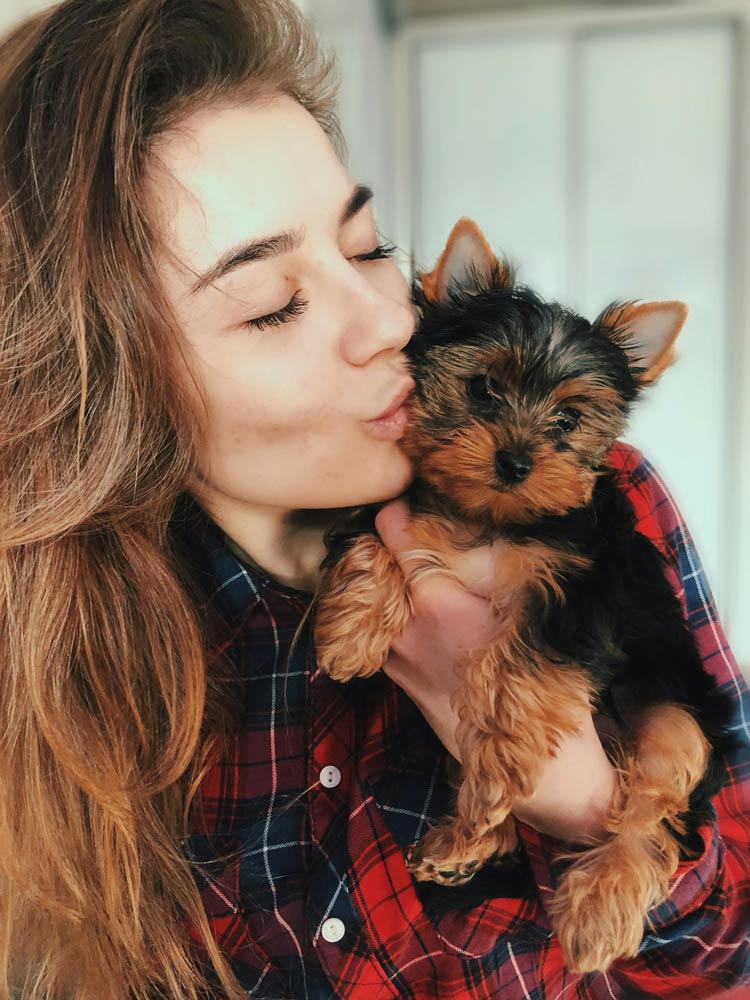
3. Socialize Your Dog Early and Often
Consider introducing your puppy to numerous people, pets, situations, and noises early in life, preventing eventual fear, aggression, and terror. Socialization will make the canine friend more manageable, from the park to the vet’s office to interstate.
Socialize older dogs also, but do it gradually and gently. Consider taking them for a playdate to promote their social skills. You can also take them to a controlled environment or in group classes. Your goal is to give your dog positive experiences with novelty, which makes it more stable and emotionally balanced.
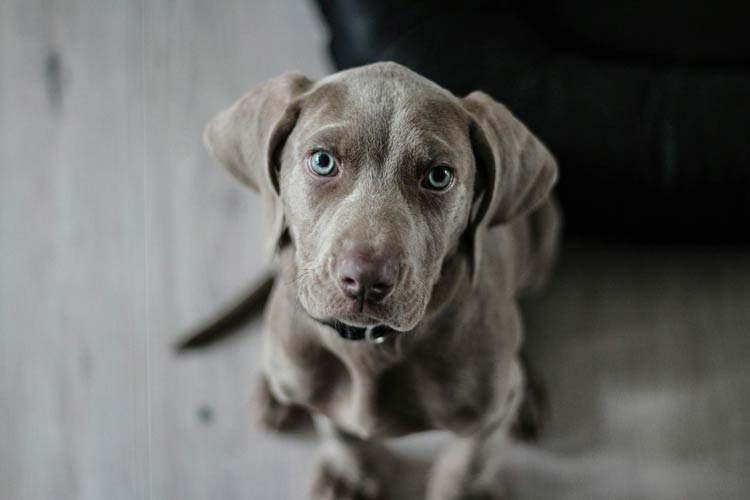
4. Know Your Dog’s Body Language
Dogs are good communicators, but only do so through posture, facial expression, tail position, and barking. Every owner needs to polish their mastery of the meaning of these signals to know when the furry friend is happy, anxious, or sick. This helps you always take the correct actions and in time.
Reading your dog’s body language also allows you to build trust across the growth and development stages. Folded-back ears and a tucked-in tail convey fear, while an open posture and a wagging tail usually convey happiness. Responding responsively and staying alert improves your relationship and avoids miscommunication and accidents.
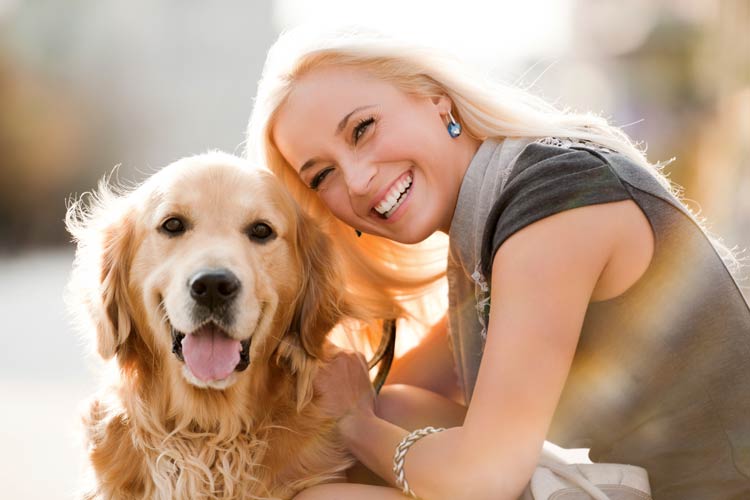
5. Prepare for Emergencies
Think of anything that can cause harm to the dog and prepare early. Emergencies can emerge at any time, but having ready plans calms the storm. Consider every life-threatening situation, from choking, cuts, and heatstroke, and assemble the right supplies. A good starting point is having a fully-supplied first aid kit and making everyone in the household aware of it and how it helps.
Furthermore, ensure your dog can return to you if it gets lost by correctly identifying it with a neck tag or microchip. Emergency planning gives peace of mind as the owner and guards your dog during bad events.
Endnote
Being a good dog owner means giving it a daily regimen of care, training, and gentleness. How you live your life dictates your dog’s health, happiness, and attitude. If you take it seriously, you’ll foster a strong bond and ensure your dog leads a happy life by your side.

